2020 Kawasaki Ninja 400 & 400 KRT Edition
Contents
The 2020 Kawasaki Ninja 400 is a relatively young model line, only being launched officially in 2018. Using a 399cc DOHC liquid cooled parallel twin engine, the 400 produces 49 crank HP and 28 lbs-ft of crank torque. As well, like the H2 series, the 400 has a steel trellis frame that uses the engine as a stressed member, meaning that the motorcycle overall saves 13 lbs of sprung weight and produces a very stiff yet forgiving frame.
Unlike the 1000 SX and 650, the Ninja 400 is all about being a sport bike. Aggressive styling borrowed from the H2 and ZX series give the impression of a much more powerful motorcycle. There are 4 variations of the bike, like the 650: Non-ABS and ABS base models, and non-ABS and ABS KRT Editions, sporting Kawasaki Racing Team colors and decals.
It should also be pointed out that the Ninja 400 is well known as both a capable sport bike for experienced riders that can fling it around and get some serious lean angles going, as well as a very forgiving beginner bike for someone that is new to riding or is coming into sport bikes for the first time.
The 2020 Kawasaki Ninja 400 starts at $4,999US, with the ABS version at $5,299US/$6,299 CA. The 2020 Kawasaki Ninja 400 KRT Edition starts at $5,199 US, with the ABS version at $5,499 US/$6,499 CA
On this page: we’ve curated specs, features, news, photos/videos, etc. so you can read up on the new Kawasaki Ninja 400 ABS, and the 400 ABS KRT in one place.
Model Overview
General Info
- Price: $5,499 US/$6,499 CA
- Key Features:
- Abs (Anti-lock Brake System)
- Assist & Slipper Clutch
- LED Lighting
Key Specs
- Engine type: 399cc, 4-stroke, Parallel Twin, DOHC, liquid-cooled
- Power: 49 Hp
- Wet weight: 366 lb
- Seat height: 30.9 in
Key Competitors
2020 Kawasaki Ninja 400 ABS KRT Specifications
ENGINE |
||
| Engine | 399cc, 4-stroke, Parallel Twin, DOHC, liquid-cooled | |
| Power | 49 Hp | |
| Bore x Stroke | 70.0mm x 51.8mm | |
| Compression Ratio | 11.5:1 | |
| Fuel System | DFI® with dual 32mm throttle bodies | |
| Starter | Electric | |
| Lubrication | Forced lubrication, wet sump with oil cooler | |
DRIVETRAIN |
||
| Clutch | Wet multi-disc, manual | |
| Transmission | 6-speed | |
| Final Drive | Sealed chain | |
CHASSIS |
||
| Suspension Front | 41mm hydraulic telescopic fork/4.7 in | |
| Suspension Rear | Horizontal back-link with adjustable spring preload/5.1 in | |
| Brakes Front |
Single 310mm petal-type disc with 2-piston calipers and ABS
|
|
| Brakes Rear |
Single 220mm petal-type disc with single-piston caliper and ABS
|
|
| Tires Front | 110/70-17 | |
| Tires Rear | 150/70-17 | |
| Fuel Tank Capacity | 14 L (3.7 US gal.) | |
| Color | Lime Green/Ebony | |
ELECTRICAL |
||
| Ignition | TCBI with digital advance | |
| Spark Plugs | ||
| Headlight | LED | |
| Tail Light | LED | |
DIMENSIONS |
||
| Overall Length | 78.3 in (1988 mm) | |
| Overall Width | 28 in (710 mm) | |
| Overall Height | 44.1 in (1,120 mm) | |
| Wheelbase | 53.9 in (1,370 mm) | |
| Ground Clearance | 5.5 in (140 mm) | |
| Seat Height | 30.9 in (790 mm) | |
| Curb Weight | 366 lbs (166 kg) | |
WARRANTY |
||
| Warranty | 12 Month Limited Warranty | |
| Extension | ||
2020 Kawasaki Ninja 400 ABS and 400 ABS KRT Features
Assist & Slipper Clutch
Based on feedback from racing activities, the Assist & Slipper Clutch uses two types of cams (an assist cam and a slipper cam) to either drive the clutch hub and operating plate together or apart.
Under normal operation, the assist cam functions as a self-servo mechanism, pulling the clutch hub and operating plate together to compress the clutch plates. This allows the total clutch spring load to be reduced, resulting in a lighter clutch lever feel when operating the clutch.
When excessive engine braking occurs – as a result of quick downshifts (or an accidental downshift) – the slipper cam comes into play, forcing the clutch hub and operating plate apart. This relieves pressure on the clutch plates to reduce back-torque and helps prevent the rear tire from hopping and skidding. This race-style function is particularly useful when sport or track riding.
Economical Riding Indicator
Using high-precision electronic control for engine management, Kawasaki models can achieve a high level of fuel efficiency. However, fuel consumption is greatly affected by throttle use, gear selection, and other elements under the rider’s control. The Economical Riding Indicator is a function that indicates when current riding conditions are consuming a low amount of fuel. The system continuously monitors fuel consumption, regardless of vehicle speed, engine speed, throttle position and other riding conditions. When fuel consumption is low for a given speed (i.e. fuel efficiency is high), an “ECO” mark appears on the instrument panel’s LCD screen. By riding so that the “ECO” mark remains on, fuel consumption can be reduced.
While effective vehicle speed and engine speed may vary by model, paying attention to conditions that cause the “ECO” mark to appear can help riders improve their fuel efficiency – a handy way to increase cruising range. Further, keeping fuel consumption low also helps minimize negative impact on the environment.
ABS (Anti-lock Brake System)
Kawasaki ABS systems use front and rear wheel sensors to constantly monitor wheel speed. Should information from either of the sensors indicate that wheel lock has occurred, the ABS ECU directs the pump in the ABS unit to modulate brake fluid pressure (releasing and reapplying pressure so that traction can be regained) until normal operation resumes. ABS offers rider reassurance that contributes to greater riding enjoyment.
ERGO-FIT®
Proper fit is key for rider comfort and control. However, the ideal fit varies from rider to rider, depending on their physical dimensions and riding style.
ERGO-FIT® is an interface system designed to allow riders to find their ideal riding position. Various points of the chassis interface (the handlebar, footpegs and seat, etc.) can be adjusted through a combination of interchangeable parts and parts with adjustable positions. This enables a wide range of riders to find a riding position that offers both comfort and control. Feeling at one with their machine, they will be able to experience how Kawasaki machines are fun and rewarding to ride.
*Adjustable parts and their range of adjustability vary by model.
2020 Kawasaki Ninja 400 ABS and 400 ABS KRT Photos
2020 Kawasaki Ninja 400 ABS and 400 ABS KRT Videos
Links
Kawasaki Official Websites

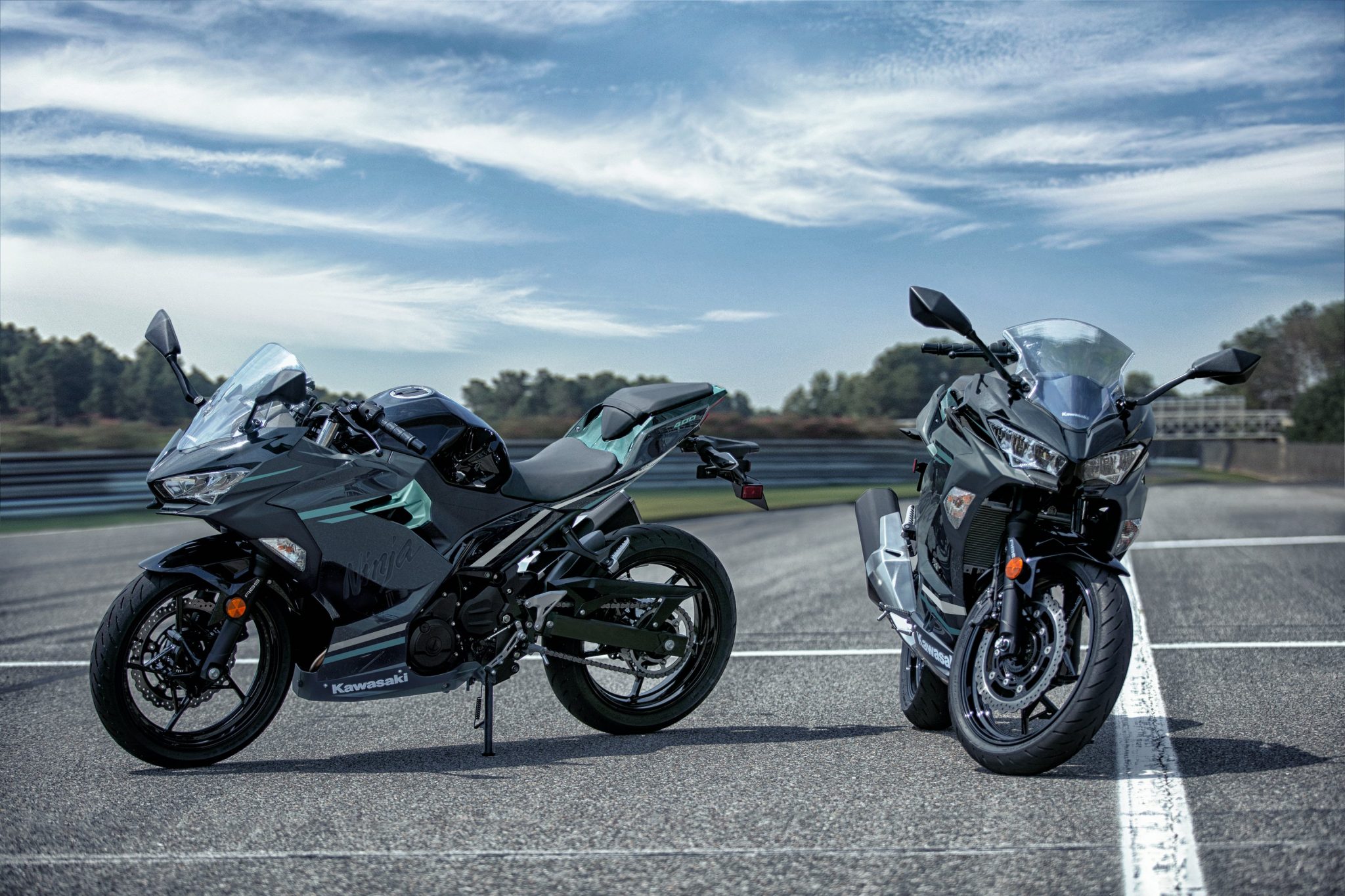
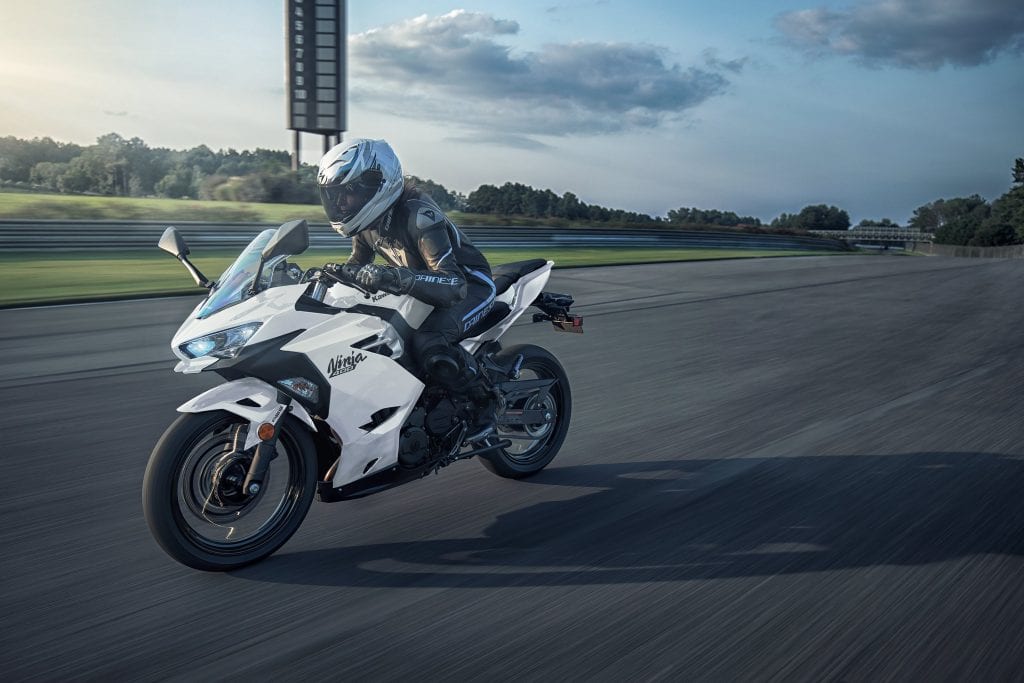
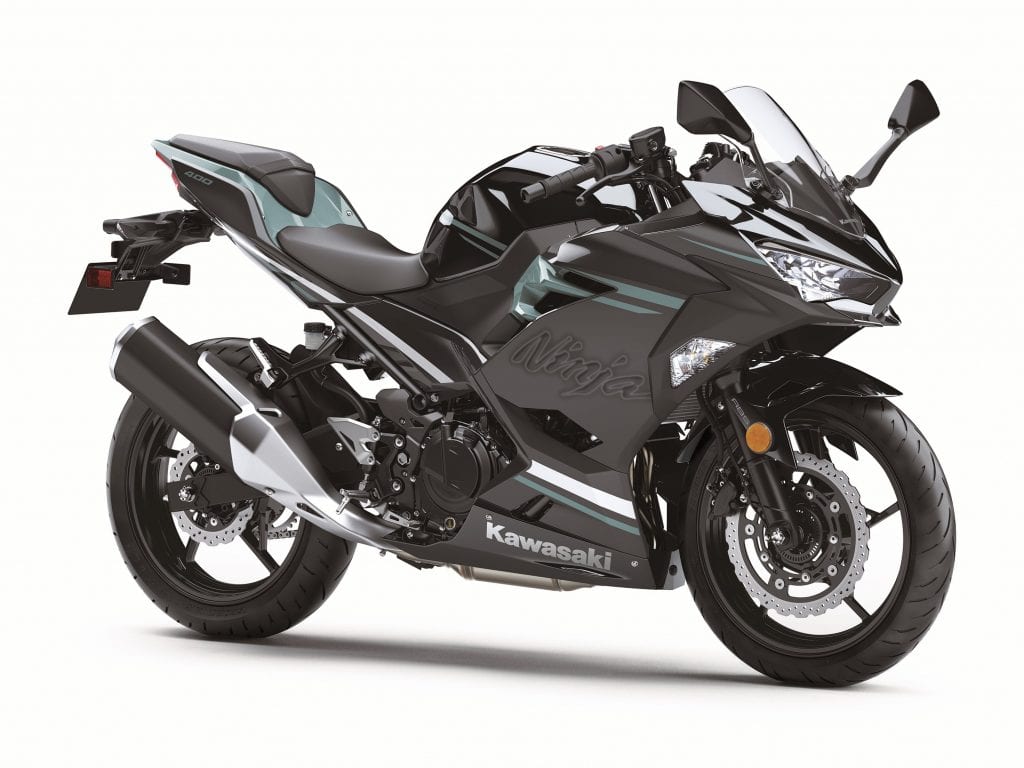
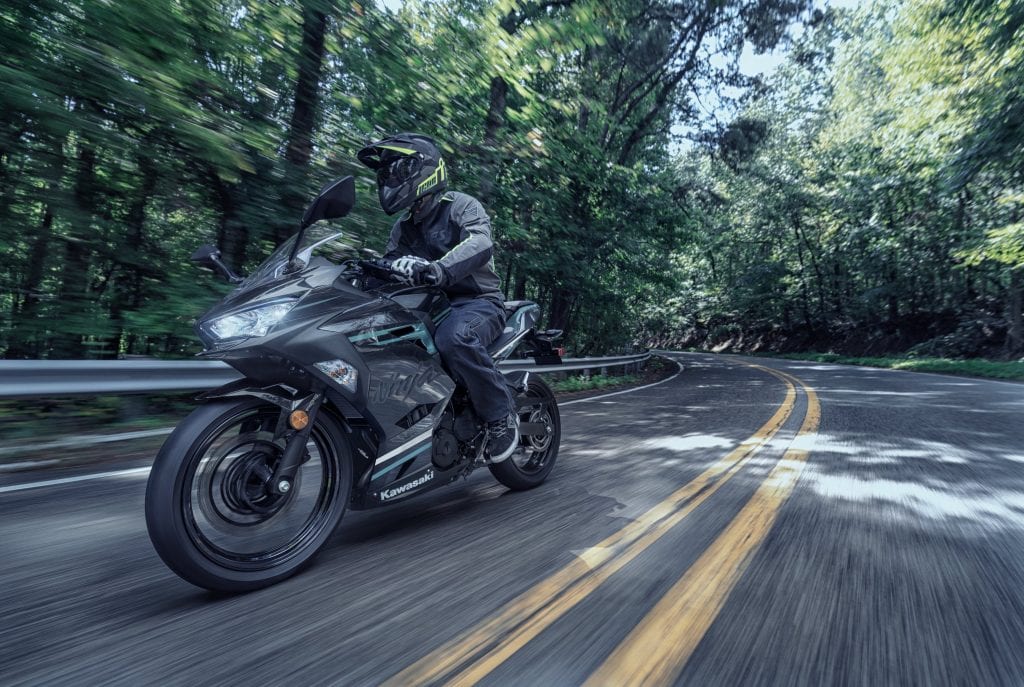
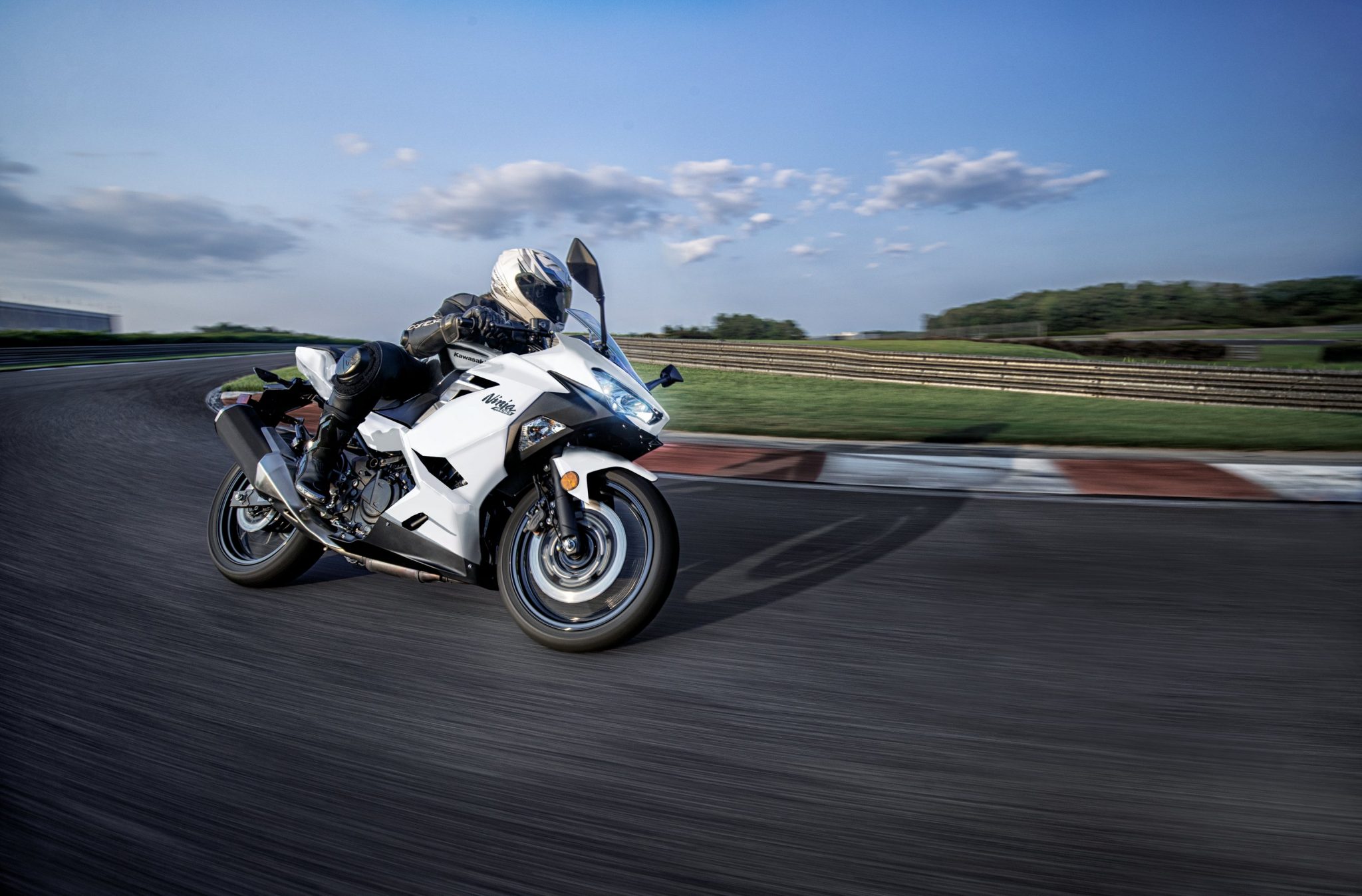
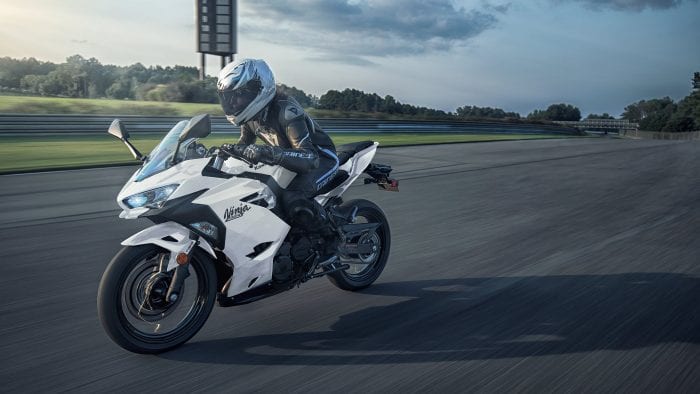
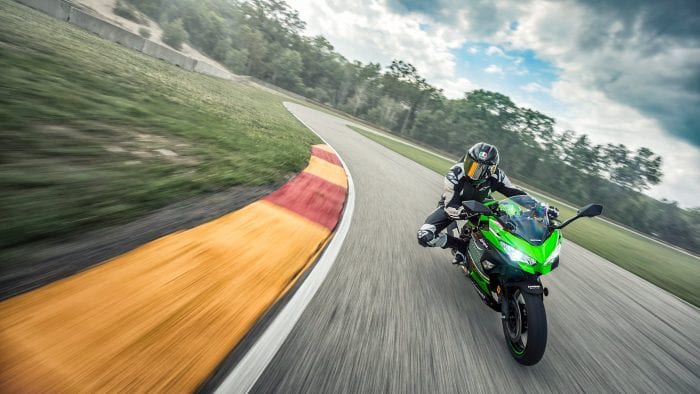
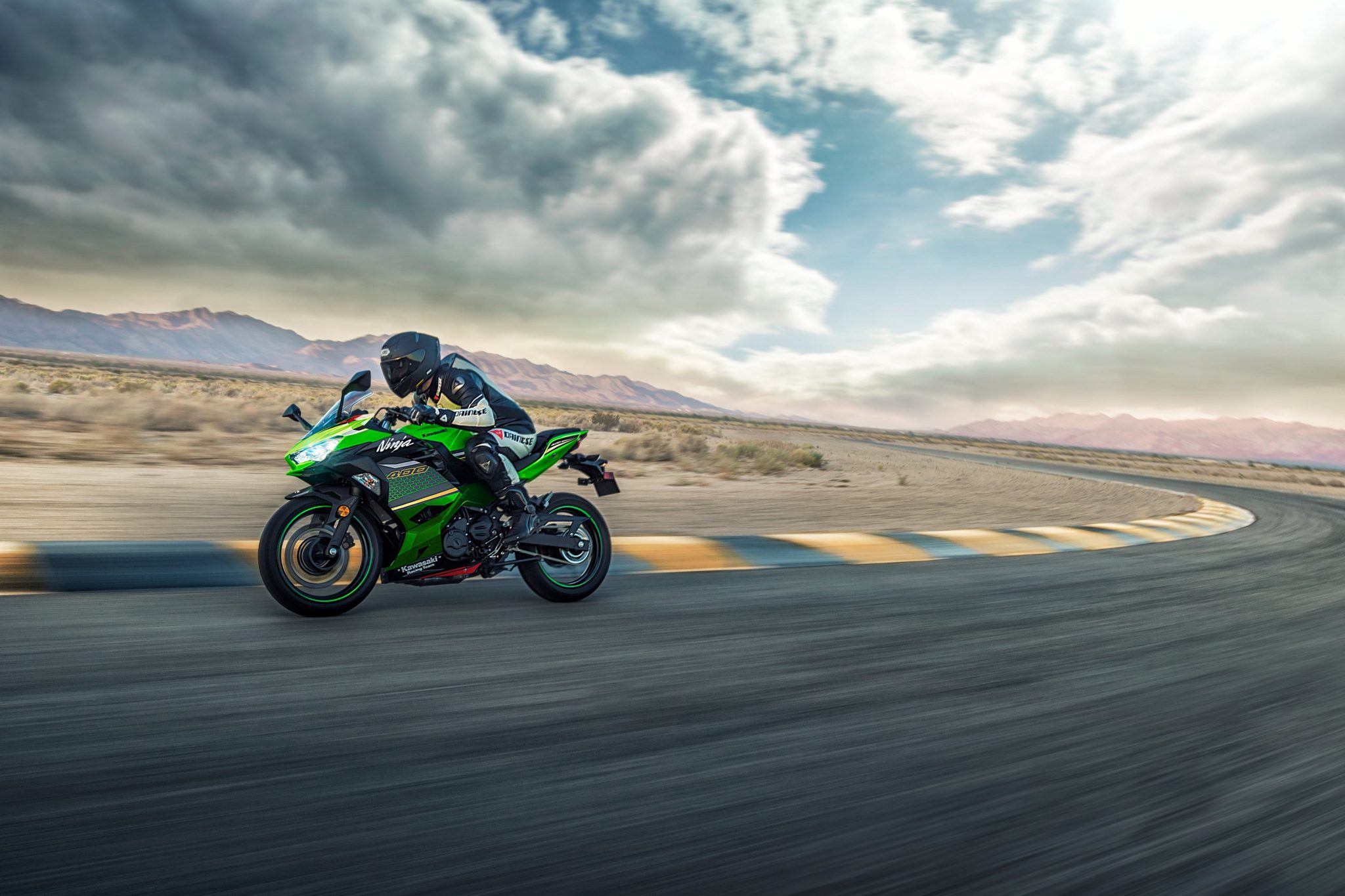
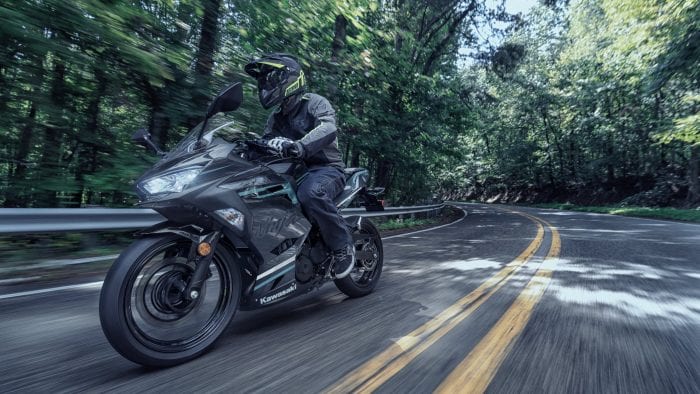

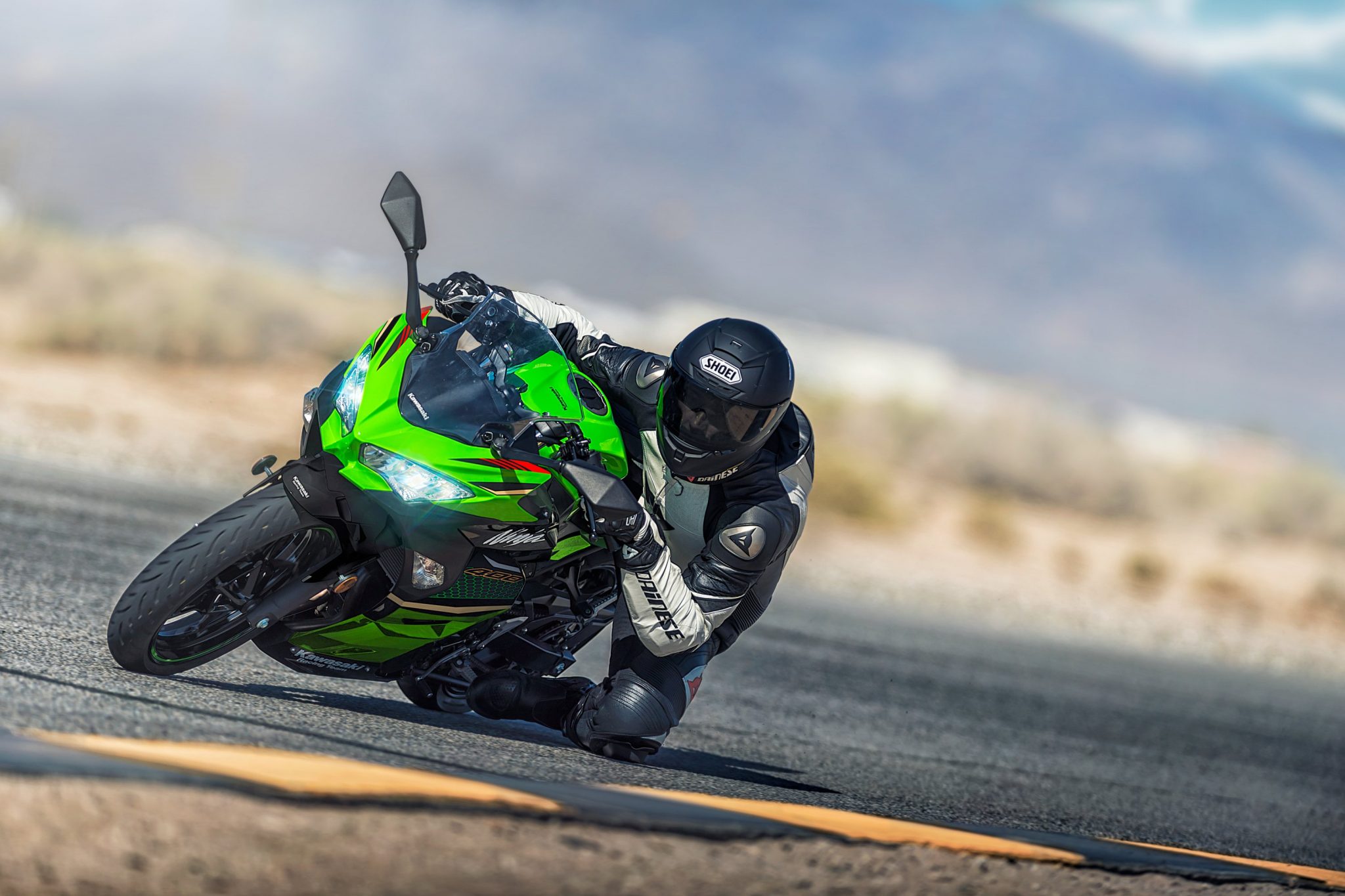
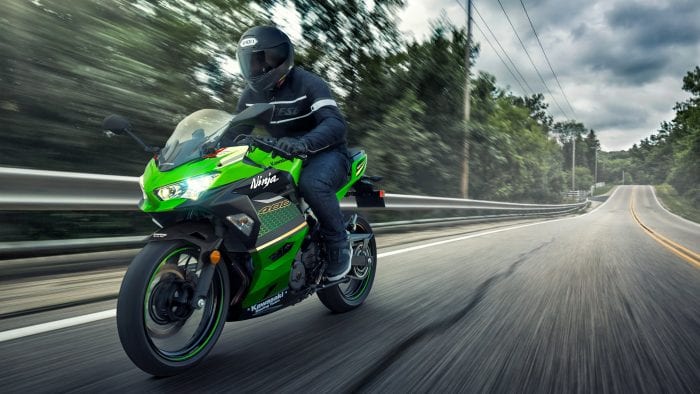
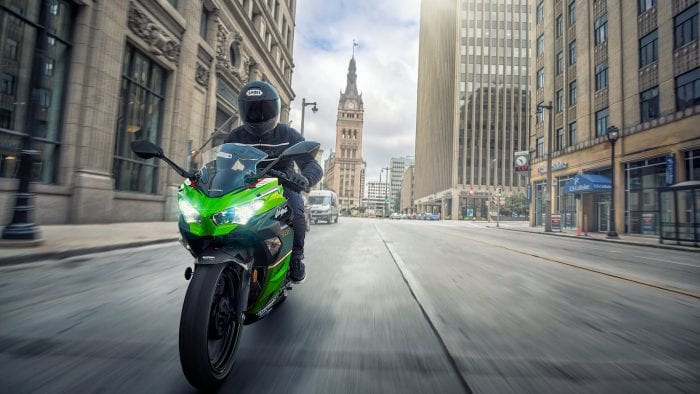
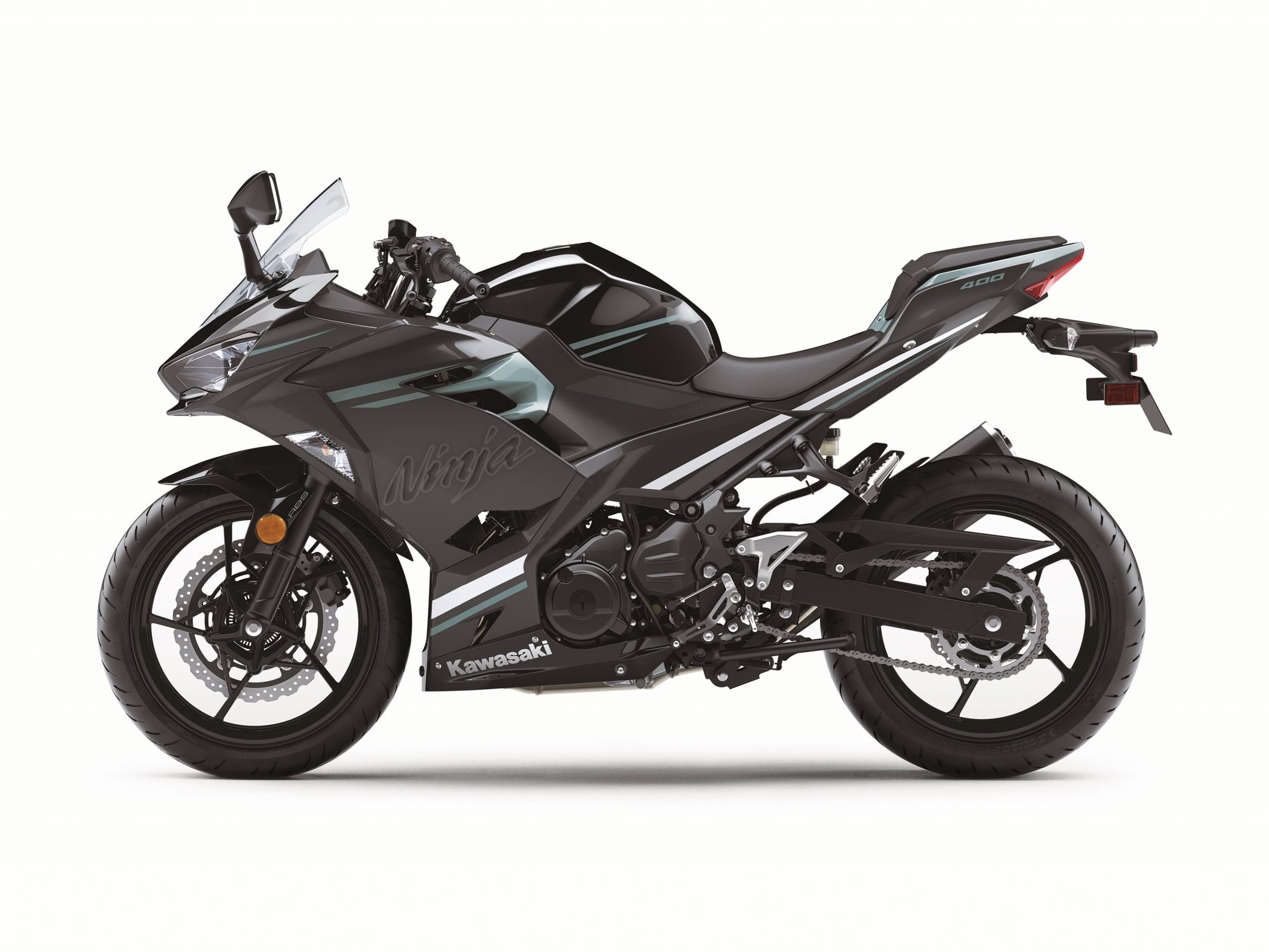


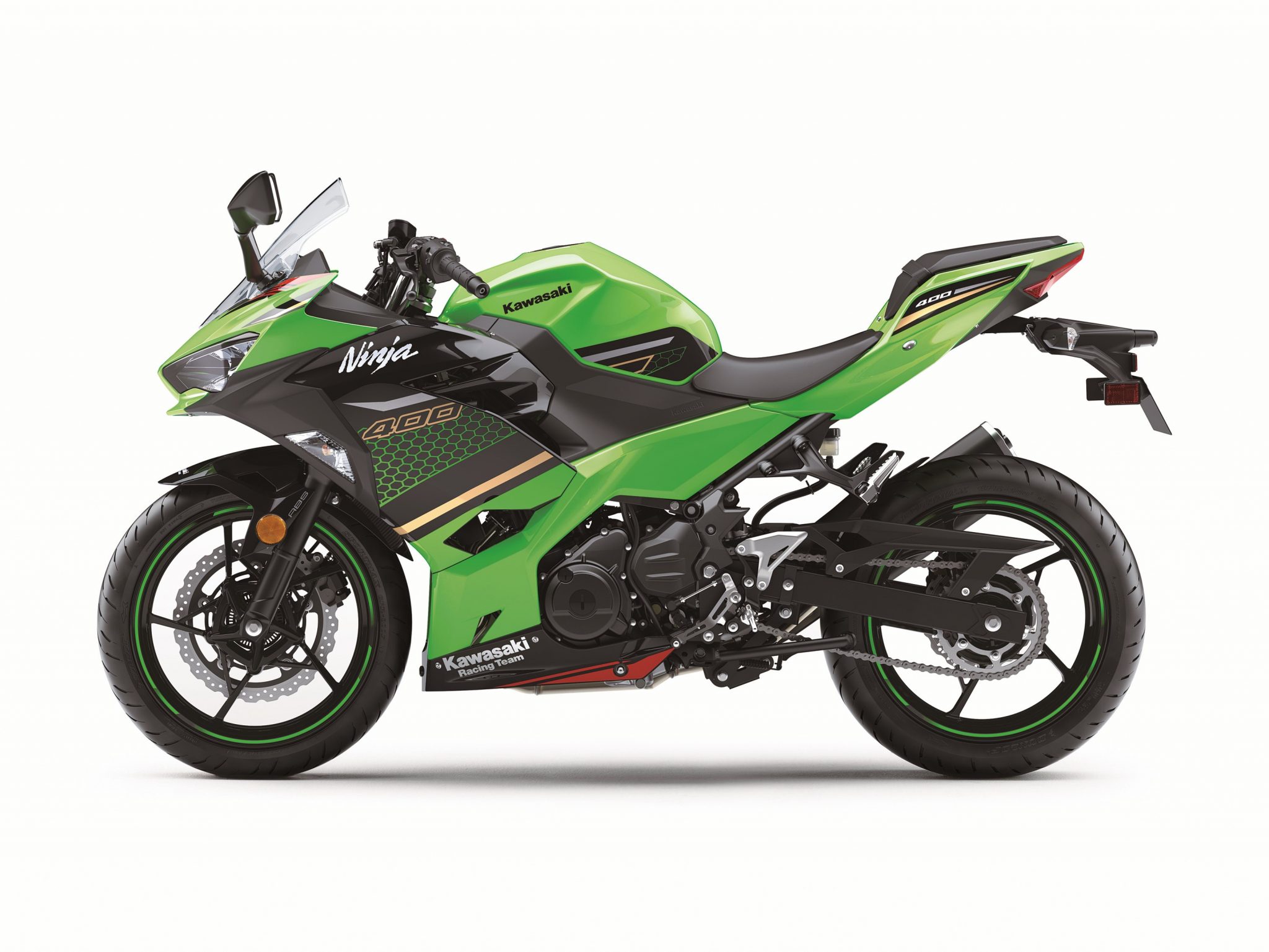
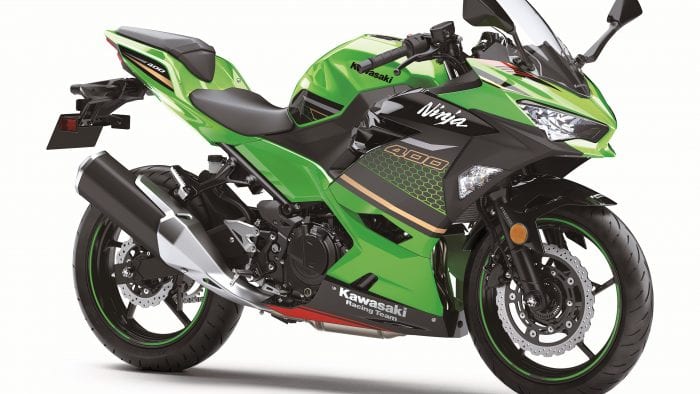
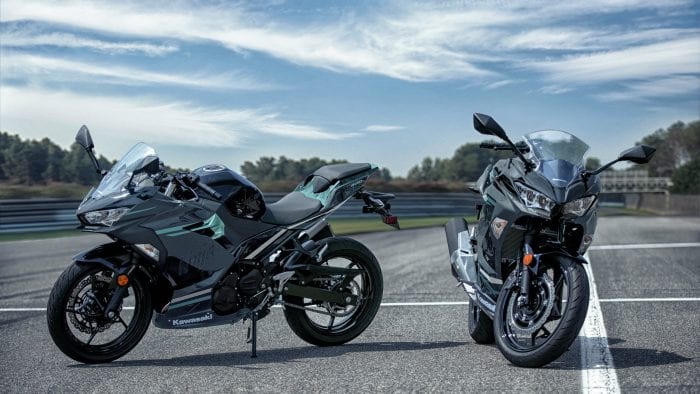
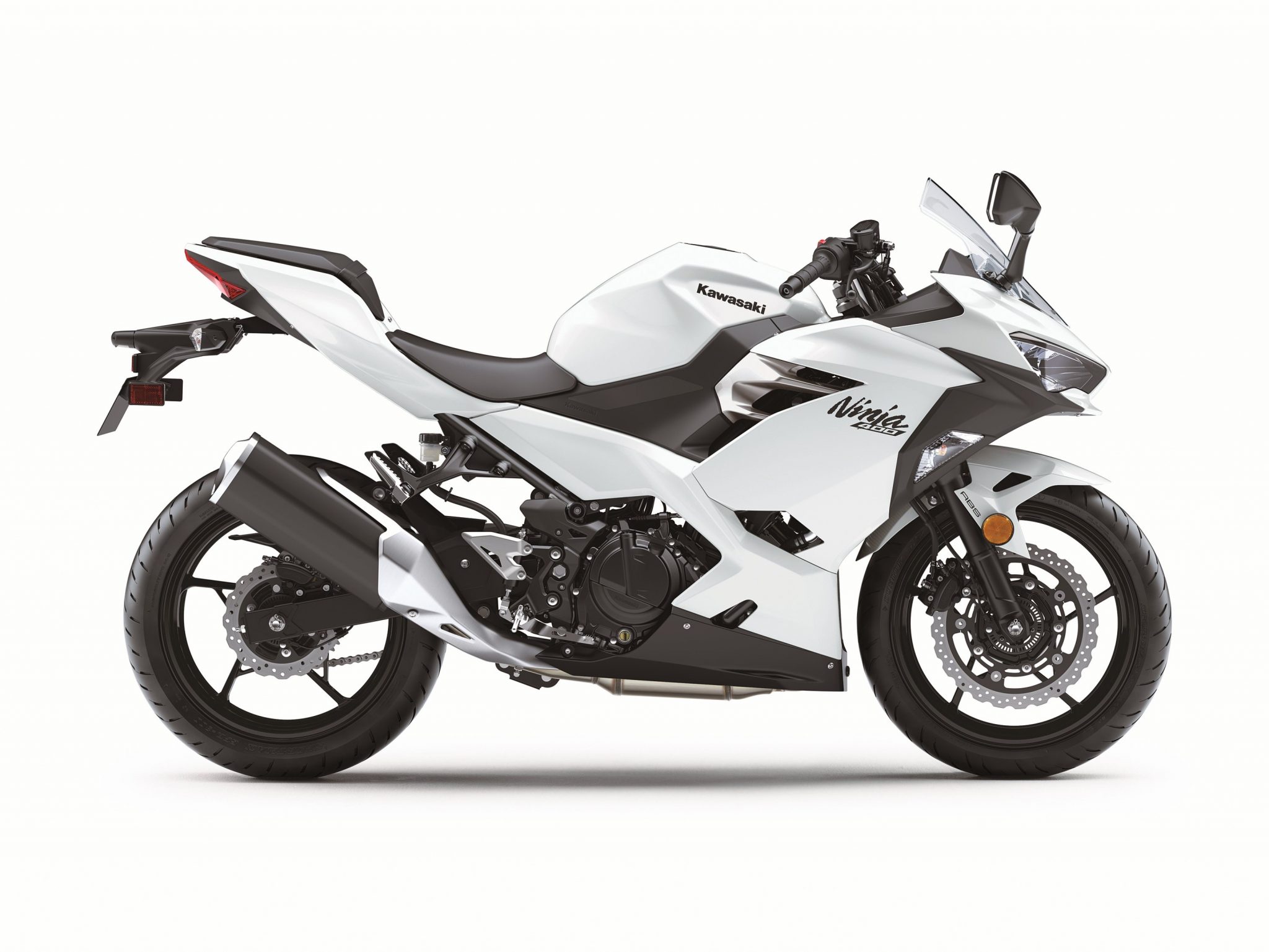


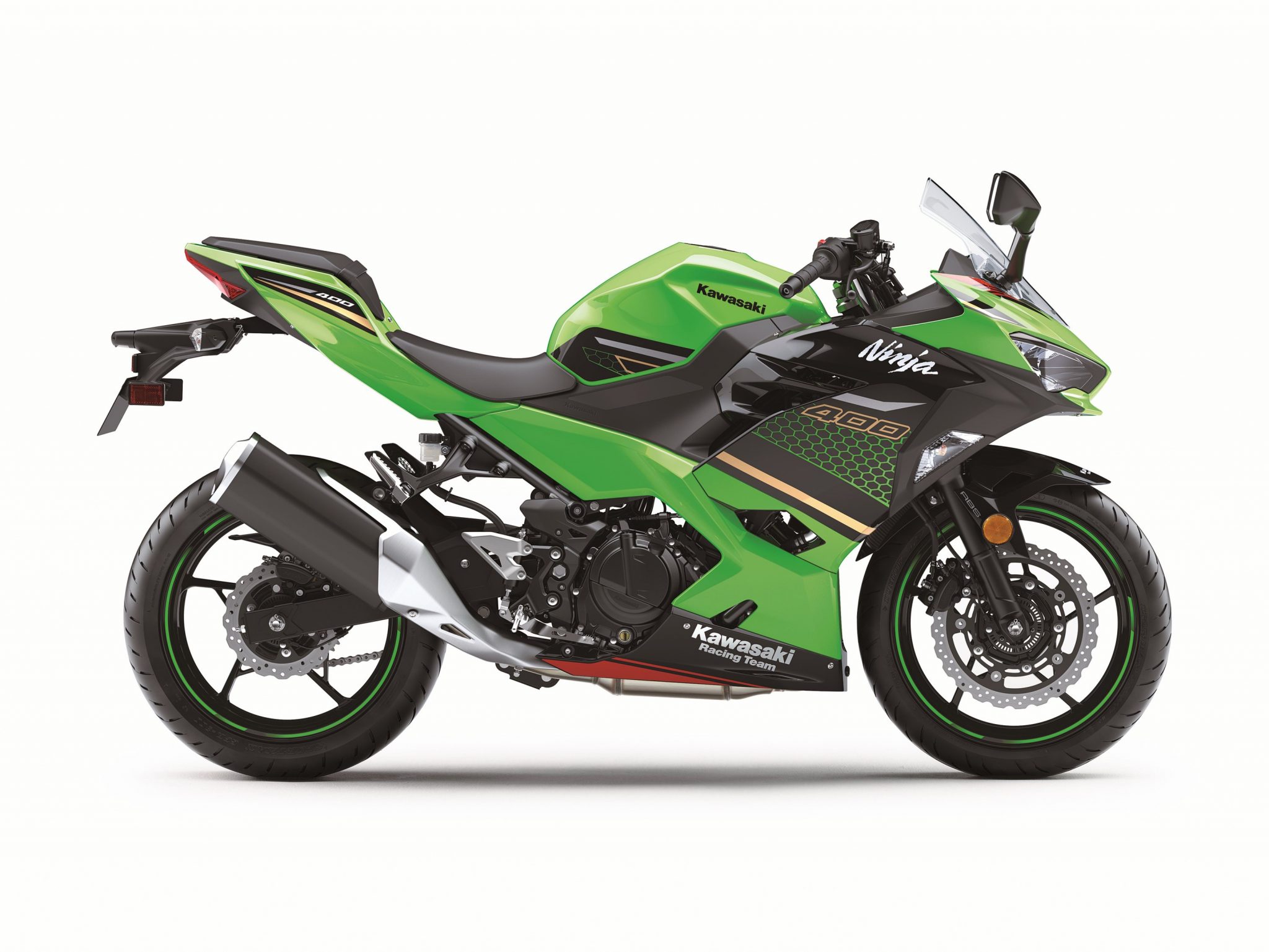

No Comment